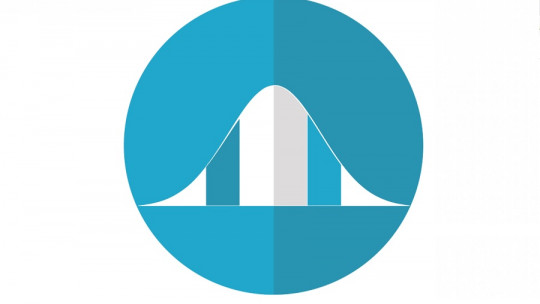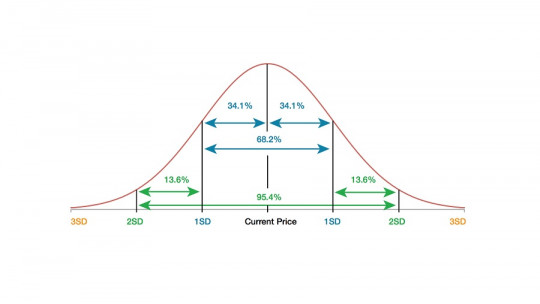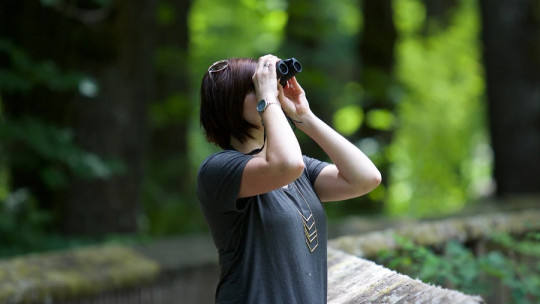No one is aware that in some places in the world they use different measurement systems, despite the standardization of units such as the kilometer, the centimeter or the liter. For example, in the United States miles are still in force as a distance measurement system and, in general, in Anglo-Saxon countries they tend to use feet (feet) as a unit of height measurement. And so on with a long etcetera.
However, these units of measurement are more or less known to everyone. No one will be surprised to find “5 feet” instead of 152.4 centimeters in a document. We will simply have to carry out the corresponding equivalence.
But what would happen if we saw, for example, “10 beard-seconds”? Or 1000 Scoville units? In this case, we may have been a little confused, and no wonder. Is about the rarest units of measurement in the world , and there are many more that, without a doubt, will only increase your curiosity. If you are interested, keep reading.
7 very rare units of measurement that exist today
Since human beings have existed, they have tried to control what happens around them. To do this, among other things, he was forced to have certain units to calculate quantities and distances and, in this way, make daily life more productive and practical.
The method, in principle, is simple, since at the beginning units of the human body were used, such as the foot, the hand, the head… It was an easy way to calculate, since the unit of measurement was always available and, in addition, it had few variations. As the centuries went by, of course, things became more complicated, and the need for calculus became much more complicated. Thus, measurement systems were perfected and allowed not only to measure more precisely, but also to measure new elements that had never been measured before.
The fever for measurement in humans is legendary : the famous Guinness Book of Records is a good example of this. Everything can be measured; Someone even dared, recently (as a joke, of course) to “calculate” the percentage of beauty of a face… The unit of measurement was named heleniumin honor of the beautiful Helen of Troy.
Are you interested in learning more rare units of measurement from around the world? Below, we review some of them so that you satisfy your curiosity. Or increase it.
1. The beard-second
The name of this unit of measurement invites laughter and merriment, but yes, it really exists. It is a system designed to measure incredibly short distances, which is based on the distance a beard hair grows in one second (specifically, 10 nanometers, that is, practically nothing).
It would be the little brother of the light year, which is used, as we all know, to measure long distances, practically unattainable (except for light, that is).
2. The Scoville scale
This very practical measurement system Its objective is to determine the level of pungency contained in a food We explain ourselves. The Scoville scale is based on capsaicin, the component in chili peppers and other products that makes them so rabidly spicy.
Taking this into account, other foods such as paprika would contain between 100 and 1000 Scoville units. As an essential fact, the food that has the most Scoville units is Naga Jolokiaoriginating from India and presenting… almost 2 million!
3. The horse… and the power mule
OK. The horse is not such a strange unit, since anyone who has a car will know what we are talking about. Indeed, the power of an engine is calculated in horses, a fact that derives from the time when automobiles with combustion engines did not exist and animal traction (that is, with horses) was necessary to move carriages and so on.
What car owners may not know is that There is another unit of measurement that also bears the name of a pack animal; the mule which is about a third of the horsepower (in English, the donkeypower).
4. The parsec
If you are fans of the Star Wars saga, you will probably remember the scene in which Han Solo (Harrison Ford) mentions that “it took less than 12 parsecs to travel the Kessel Run.”
Well, maybe you don’t see anything strange, but the truth is that a parsec is an existing unit of measurement that calculates large distances and is equivalent to 3.26 light years (that is, more than 30 thousand billion kilometers).
What, then, is Han Solo’s mistake? Use the parsec as a unit of time and not of measurement. Or maybe he was referring to another galactic measurement system, who knows.
5. The Bristol “poop” scale
From the name, you can imagine what this system measures. Yes, indeed, it has to do with human feces. And it is that This unit, developed by researchers at the University of Bristol, typifies the density of stools ; 7, the maximum, would refer to the most liquid (“severe diarrhea”), while 1, to the most solid (“severe constipation”).
6. The Warhol
This unit of measurement is possibly one of the most curious and crazy that exists. Take the name of the famous pop-art leader and measure a character’s minutes of fame. To give us an idea, 1 Warhol is 15 minutes; From there, multiples appear (kilowarhol, megawarhol…).
7. The Sheppey
In reality, many of these strange units of measurement are more humor than anything else. It happens with the helenium mentioned in the introduction, and it happens again with the sheppey, invented by Douglas Adams and John Lloyd for their dictionary The meaning of Liff.
Okay, but what is a sheppey? Is the shortest distance at which a sheep would still look good in a photo An absolutely essential measure, as you can see.









